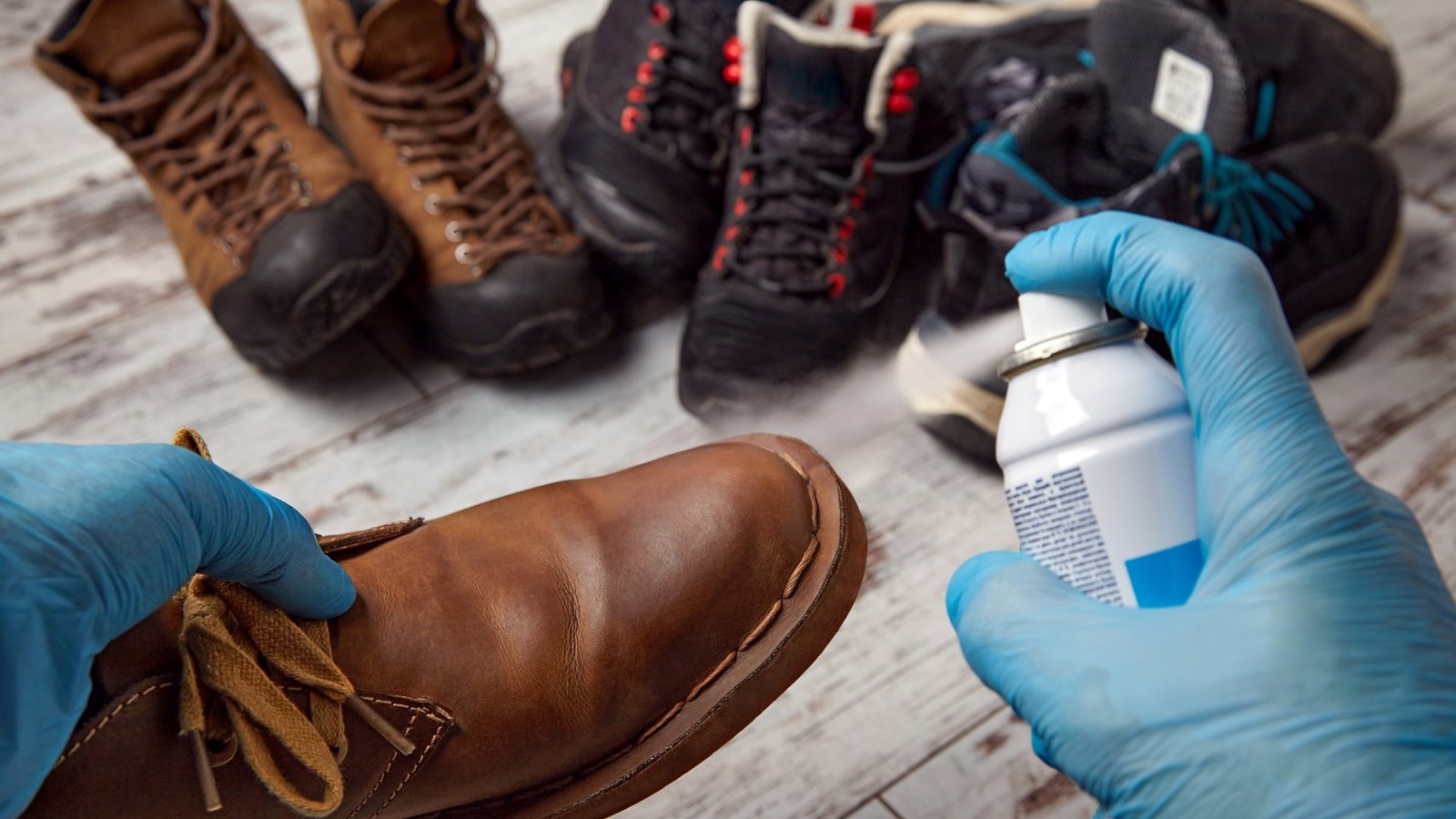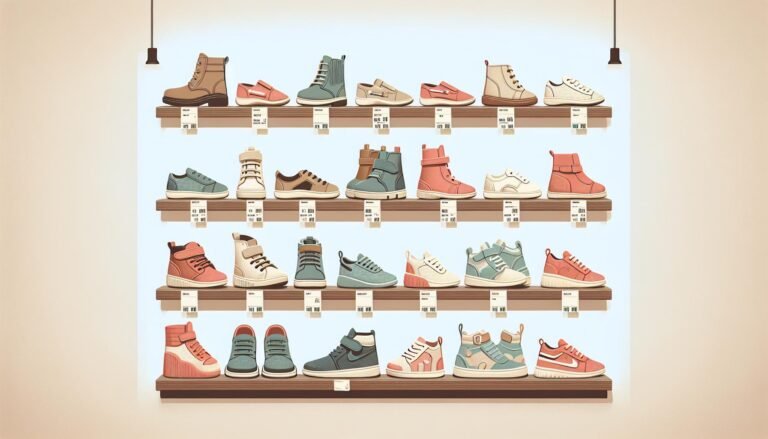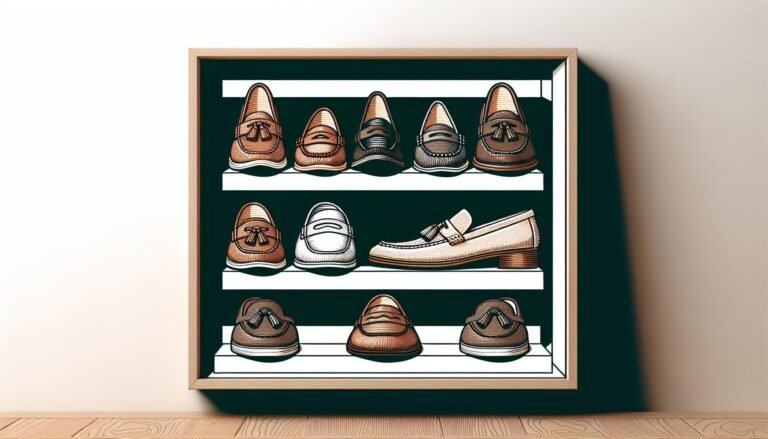Impregnate Leather Shoes: A Guide to Waterproofing and Protection
Impregnating leather shoes is a critical process for ensuring their longevity, appearance, and resistance to the elements. Despite its importance, many shoe owners and even enthusiasts may not be fully aware of the crucial steps and techniques required to effectively impregnate leather. Leather, as a natural material, demands a certain degree of attention and care to maintain its quality and protective attributes. Impregnation provides a barrier against water, dirt, and other potential damages that can shorten the lifespan of leather shoes.

The process begins with understanding the specific type of leather and selecting the appropriate impregnation products and methods. This step is essential to prevent damage to the leather during the impregnation process. Preparation is just as important, involving a thorough cleaning of the shoes to remove any dirt or residues that may hinder the effectiveness of the impregnating agents. Following this, the actual process of impregnation involves the application of a protective substance that penetrates the fibers of the leather, offering enhanced durability and resistance.
Aftercare following impregnation is crucial to achieve the desired outcome without damaging the leather. Regular maintenance should include checks for areas where reapplication may be necessary, especially after exposure to harsh conditions. With proper implementation, leather shoes can gain extended life and improved performance, reflecting the care invested in them.
Key Takeaways
- Leather shoes require impregnation for enhanced durability and resistance to elements.
- Proper preparation and selection of products are essential for effective leather impregnation.
- Regular maintenance ensures long-term effectiveness of the impregnation treatment.
Understanding Leather and Impregnation

When considering the care of leather shoes, understanding the types of leather and the process of impregnation is crucial. This knowledge ensures the right measures are taken to protect the shoes effectively.
Types of Leather
Leather is a versatile material that comes in various types, each with unique characteristics. The three primary types are grain leather, suede, and nubuck. Grain leather refers to the outermost layer of the hide, known for its durability and smooth texture. Suede leather, with its napped finish, is softer and more pliable, while nubuck leather is a buffed grain leather that has a velvet-like surface.
What Is Impregnation?
Impregnation is a treatment process to enhance leather’s natural defenses, making it water-repellent and protective against moisture, dirt, and stains. The method involves the application of a protective layer that fills the pores of the leather, creating a barrier without compromising the material’s breathability.
Benefits of Impregnating Leather Shoes
The primary benefits of impregnating leather shoes include:
- Waterproofing: An impregnated leather shoe is better equipped to resist water, reducing the risk of damage and maintaining the shoe’s appearance.
- Longevity: Protection from wear and tear increases the durability of the shoes, prolonging their functional life.
- Maintenance: Treated leather is more resistant to stains and easier to clean, making maintenance simpler and less frequent.
Regular impregnation is a worthwhile practice to preserve the quality of leather footwear and ensure continued comfort and style.
Preparation for Impregnation

Proper preparation is crucial for the effective impregnation of leather shoes to ensure they remain waterproof and protected. The initial steps involve thoroughly cleaning the shoes and selecting an impregnation product suitable for the shoe material.
Cleaning the Shoes
Before impregnating leather or suede shoes, they must be free of any dirt, residues, or old care substances. For leather shoes, one should:
- Remove laces: to clean all areas without obstruction.
- Dry brushing: using a soft-bristled brush to eliminate loose dirt.
- Wiping down: with a damp cloth to remove any remaining dust and spot cleaning with a leather cleaner if necessary.
- Drying: allowing the shoes to dry naturally before application of the impregnation product.
For suede shoes and boots:
- Use a suede brush to lift the nap and remove dirt.
- If the suede is stained, a specialized suede eraser can be utilized.
- Let the shoes dry completely in a well-ventilated area.
Choosing the Right Impregnation Product
The market offers a variety of impregnation products, like sprays, waxes, and emulsions, each suited for different materials and levels of protection:
- For leather shoes: waxes and greases penetrate deeply, enhancing waterproofing while conditioning the leather. They may darken the leather slightly.
- For suede shoes: aerosol sprays or waterproofing sprays that provide a protective coating without compromising the material’s texture are preferable.
- For both materials:
- One should avoid products containing harmful solvents.
- Water-based emulsions are less impactful on the environment and the material.
It’s important to read the label of the impregnation product to ensure compatibility with the material of the shoes, be it leather or suede.
The Impregnation Process
The impregnation of leather shoes is a crucial method of protecting them from water and stains. It involves applying a protective layer using specific techniques and allowing adequate time for drying and curing.
Application Techniques
There are several methods to apply impregnating agents to leather shoes. The product packaging usually indicates the most suitable application method, which often includes, but is not limited to:
- Spray-on: A common technique for even distribution of the impregnating solution.
- Sponge: Ideal for spot application or when precision is needed.
It’s important to ensure that the leather is clean before application. One should apply the product in a well-ventilated area and cover all leather surfaces.
Drying and Curing Time
After application, leather shoes require sufficient time to dry and for the impregnation to fully bond. The recommended drying times are:
- 24 hours: It is typically advised to allow the shoes to dry for at least 24 hours for optimal protection.
When drying:
- Do not expose the shoes to direct heat sources.
- Provide adequate air circulation to aid in the drying process.
Aftercare and Maintenance
Proper aftercare of impregnated leather shoes ensures longevity and preserves their weather-resistant qualities. This involves routine cleaning, conditioning, and timely reapplication of impregnating agents.
Regular Cleaning and Conditioning
Impregnated leather shoes should be cleaned regularly to remove dirt and prevent damage to the leather and textiles. Use a soft brush or damp cloth for clearing surface dirt. Then, apply a specific leather cleaner designed for impregnated or waterproofed materials to effectively clean without degrading the impregnating substances or Gore-Tex layers.
| Frequency | Action |
|---|---|
| Daily | Brush off superficial dirt. |
| Weekly to Bi-weekly | Use a cleaner for a thorough cleanse, depending on wear conditions. |
After cleaning, conditioning is crucial to keep the leather supple. Leather conditioners should be compatible with impregnated leathers and breathable fabrics like Gore-Tex.
- Apply Conditioner: Work in small amounts using a soft cloth, paying special attention to seams and joins.
- Dry Naturally: Allow shoes to air dry naturally, away from direct heat sources, to maintain the integrity of the leather and impregnating agents.
Reapplication Timelines
The effectiveness of impregnation on leather shoes diminishes over time and with exposure to the elements. A regular schedule of reapplication is necessary to maintain water resistance and protect the material.
Note: Always follow the manufacturer’s instructions for the specific impregnating product used. Factors affecting the reapplication timeline include frequency of use, weather conditions, and exposure to harsh environments. It’s critical to let the shoes dry completely after cleaning before reapplying any impregnating agent.
Special Considerations
When impregnating leather shoes, one must account for variations in leather types and shoe components. Each requires specific attention and techniques to ensure optimal protection and maintenance.
For Different Types of Leather
Suede: Suede is highly susceptible to water and stain damage due to its textured nap. Impregnation must be done with a water-based protector spray designed specifically for suede. Sprays should be applied evenly and at a distance to prevent saturation.
- Nubuck: Similar to suede, nubuck demands a careful approach. Use a nubuck-specific protector and apply in well-ventilated areas to safeguard its velvety finish.
Smooth Leather: For smooth leather, creams or waxes provide a protective layer that defends against moisture and dirt. They should be applied in thin, even layers and buffed to a shine to enhance durability.
| Leather Type | Recommended Product Type | Application Notes |
|---|---|---|
| Suede | Water-based protector spray | Apply evenly; avoid over-saturating |
| Nubuck | Nubuck-specific protector | Apply in a well-ventilated area |
| Smooth Leather | Creams or waxes | Thin layers; buff after applying |
For Various Shoe Components
Soles: The soles often require a different treatment compared to the upper parts of the shoe. Silicone-based sprays are suitable for rubber soles, providing a water-repellent layer without compromising grip.
- Laces/Tongue: Shoelaces should be treated separately or removed prior to impregnation. The tongue needs careful attention, ensuring it gets full coverage without over-saturating the leather.
| Shoe Component | Treatment Advice |
|---|---|
| Soles | Use silicone-based sprays for rubber |
| Laces | Remove or treat separately |
| Tongue | Ensure full coverage; avoid over-saturation |
Troubleshooting Common Issues
When impregnating leather shoes, one might encounter several issues such as stubborn stains or a compromised fit. This section addresses effective methods to resolve these concerns, ensuring shoes remain in prime condition.
Resolving Stains and Marks
For Suede and Nubuck:
- Stains: Gently brush the stained area with a suede cleaning brush. For persistent stains, use a specialized suede cleaner.
- Watermarks: Apply a thin layer of water over the entire shoe, then sponge away excess and stuff with paper to dry.
For Smooth Leather:
- Dirt: Wipe the surface with a damp cloth, followed by a dry cloth. For ground-in dirt, use saddle soap or leather cleaner.
- Oil/Grease: Sprinkle talcum powder or cornstarch on the spot, let sit for a few hours, brush away powder.
Managing Misshapen Shoes
Fit and Stability:
- New Shoes: Wear thick socks and use a shoe stretcher for a few hours to gently expand tight areas.
- Worn Shoes: Insert cedar shoe trees to retain shape and absorb moisture.
Suppleness:
- Supple Maintenance: Regularly condition leather to maintain its elasticity and prevent creasing.
- Prevention: Avoid overtightening laces or straps to minimize deformation.
Tables for Suede/Nubuck and Leather Care:
| Material | Cleaning Method | Stain Removal | Water Protection |
|---|---|---|---|
| Suede/Nubuck | Soft brush; suede cleaner | Specialized stain remover | Impregnating spray after cleaning |
| Leather | Damp cloth; leather cleaner | Leather shampoo or stain remover | Wax-based polish after drying |
Environmental Considerations
When impregnating leather shoes, the environmental impact is a critical factor. It is paramount to consider the type of products used and their effects on the atmosphere and ecosystems.
Choosing Eco-Friendly Products
Consumers are encouraged to select products with minimal environmental impact. The key aspects to consider include:
-
Propellant Gases: Traditional aerosols often contain volatile organic compounds (VOCs) that contribute to air pollution and smog. Opting for propellant gases with a lower global warming potential can significantly reduce environmental damage.
-
Breathability: Products should maintain the natural breathability of leather. Non-breathable coatings can cause the accumulation of moisture, leading to a shorter lifespan of the shoes and increased waste.
-
Waterproofing: Eco-friendly waterproofing agents should be biodegradable and non-toxic to aquatic life. It’s vital to avoid substances that can accumulate in water sources and harm wildlife.
Note on Aerosols: Aerosol sprays are convenient but they have traditionally relied on harmful chemicals. Aiming for aerosols with eco-designed formulas that use compressed air or plant-based propellants can help lower the environmental toll.
The table below summarizes the advised environmental choices:
| Aspect | Environmentally Friendly Choice | Notes |
|---|---|---|
| Propellant Gases | Compressed air, hydrofluoroolefin (HFO), hydrofluorocarbon (HFC) alternatives with low GWP | Aim for options that comply with environmental regulations |
| Breathability | Water-based impregnators or fluorinated polymers that allow air flow | Ensures longevity of shoes while being less harmful |
| Waterproofing | Plant-based or silicone-based agents without PFCs | Biodegradable and safer for the aquatic environment |
| Aerosol Alternatives | Non-aerosol pumps or aerosols with non-VOC propellants | Reduces air pollution and the risk of respiratory issues |
Advancements in Leather Impregnation
Recent advancements in leather impregnation technology have led to significant improvements in the durability and functionality of leather shoes. Manufacturers have begun integrating innovative substances that form a more effective protective layer on the leather surface. This layer is instrumental in repelling water and stains, thereby extending the lifespan of the leather shoes.
Innovations include:
- Nanotechnology: Utilizing nano-sized particles has revolutionized the impregnation process. These particles bond with leather on a molecular level, providing a robust barrier against moisture without altering the leather’s breathability or texture.
- Eco-friendly Compounds: There’s a growing tendency to use environmentally sustainable compounds in impregnation processes, reducing the impact on the ecosystem without compromising efficacy.
Colour Preservation:
In addition to protective benefits, advancements have addressed color preservation in leather shoes. New impregnation methods ensure that the vibrancy and hue of the leather are maintained, even after multiple treatments.
Application Techniques:
- Spray Methods: Improved spray technologies enable a uniform application of impregnation products, ensuring coverage across the entire surface of the shoe.
- Foam Layers: The development of foam-based impregnants has emerged, allowing for a controlled and even distribution of the protective substances on the leather.
The Role of Crep Protect:
One notable brand in the field is Crep Protect, which has created a range of products designed specifically for leather shoes. Their advanced formulas provide a clear protective coating that shields against dirt and stains while maintaining the shoe’s aesthetic appeal.
Impregnation Products Comparison:
| Technology | Effectiveness | Eco-friendliness | Color Preservation |
|---|---|---|---|
| Nanotechnology | High | Moderate | Excellent |
| Eco compounds | Moderate | High | Good |
| Crep Protect | High | Moderate | Excellent |
These technologies signify a move towards smarter, more sustainable leather care that meets the needs of a discerning clientele.






[…] carefully scrub away any dirt. Don’t forget to remove any excess soap with a damp cloth. For leather shoes, things get a bit trickier. It’s generally advised against submerging leather jazz shoes in […]
[…] first thing that catches the eye, providing both cushioning and durability. The upper part of the shoe is crafted from high-quality leather, offering not only a premium look but also a degree of support and protection that is hard to match […]
[…] for its insulating properties and breathability, while leather is known for its durability and water-resistant qualities. Secondly, the design of the slipper is important. A slipper with a sturdy sole and good arch […]